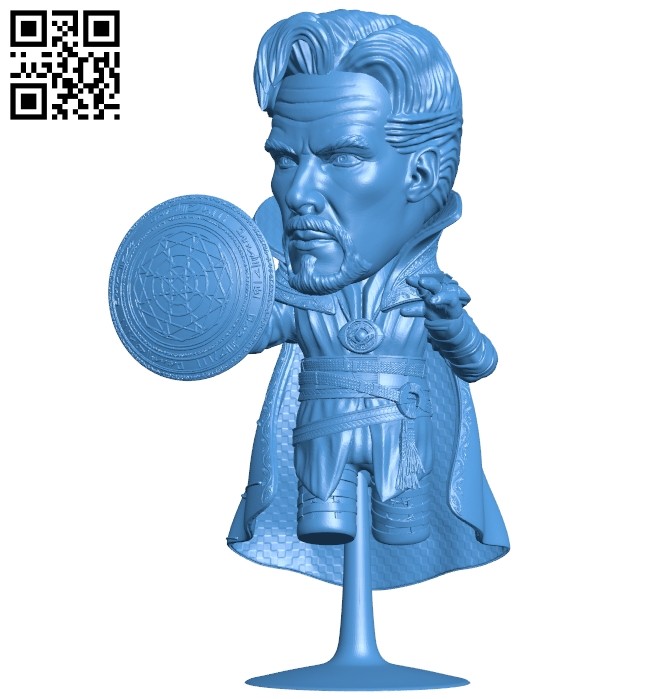
But you cannot choreograph it very well because it reacts in a very procedural way. SC: When you start to play with fractals, it’s very mathematical so its process intensive. Was that more difficult work than normal for the VFX artists? SF: There is a lot of glass and fractal visual effects going on in Doctor Strange. I would say that Inception was the spark but the film is the fire. What you see in the trailer, with the folding city, is just the beginning of what we were doing in Doctor Strange. We started from Inception but we wanted to push it a little bit further from there in terms of, “What does the VFX do to that action scene? What does a chase look like in that world? How do you make it relate to magic as well?” We took it crazy when we went into kaleidoscopic imagery. We referenced a lot of films and photography as well.

We all had a game on our phone called Monument Valley that was all about changing perspectives. We looked at optical illusions, Escher and forced perspective, a lot of work with 3D fractals, etc. Stephane Ceretti: We looked at Inception early on but it’s a very small part of what we’re doing throughout the film. What was the visual design philosophy for the effects work? Spencer Fawcett: Much of the visual effects are very ‘Inception -esque’ in design, but go one step further. AWN’s Spencer Fawcett recently had a short sit-down with Ceretti to discuss his work on Doctor Strange. Managing the film’s visual effects was overall VFX supervisor Stephane Ceretti, an industry and Marvel veteran, having held similar roles on Guardians of the Galaxy (2014) and Thor: The Dark World (2013) as well handling various VFX supervisor and digital artist duties as far back as his original work as an animator on Batman & Robin (1997) at the French studio, BUF. Marvel’s latest comic-inspired film franchise, the mind-bending and riveting Doctor Strange, has found a receptive international audience, quickly heading towards $600 million at the box office in less than three weeks in release.


 0 kommentar(er)
0 kommentar(er)
